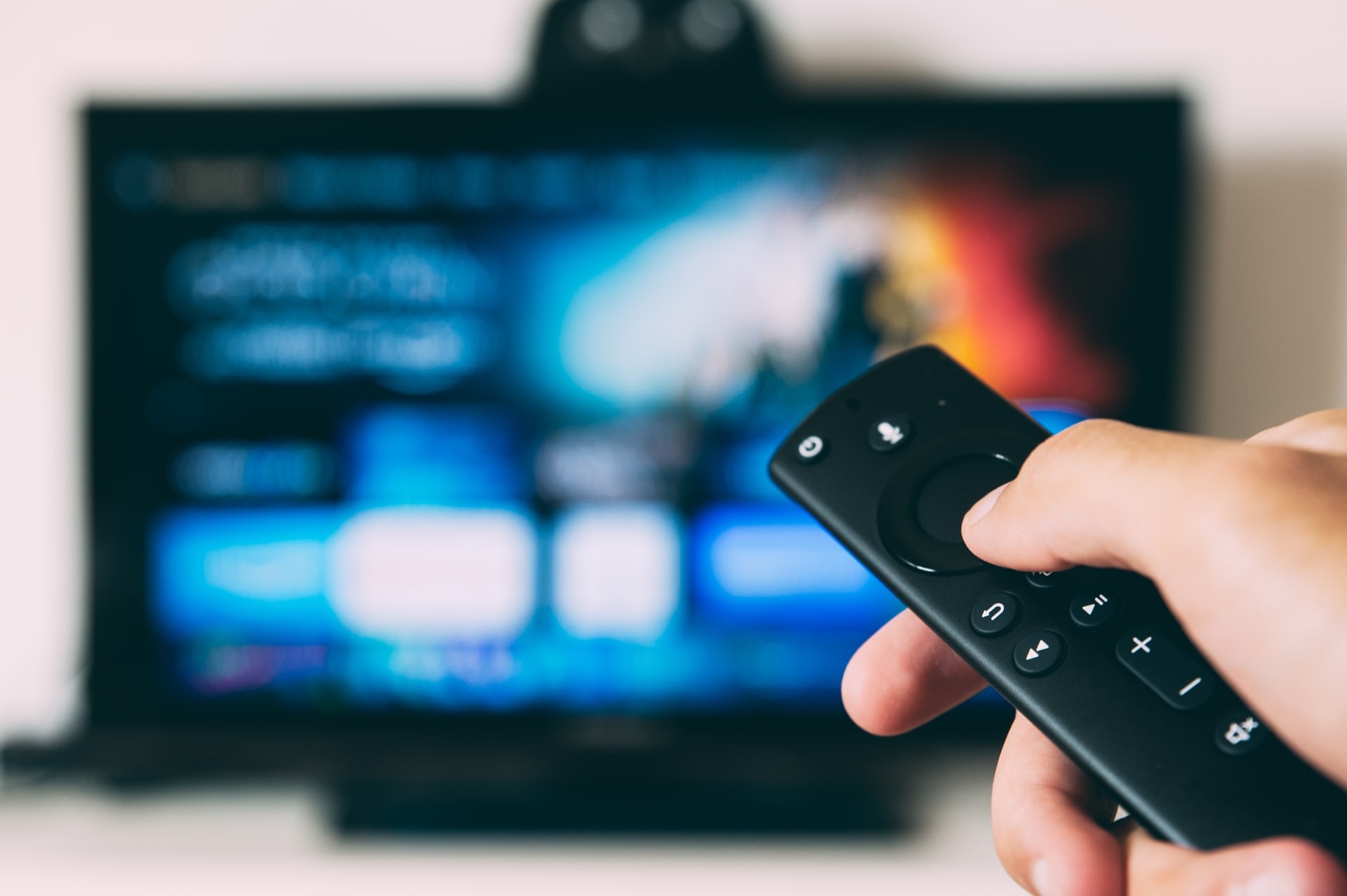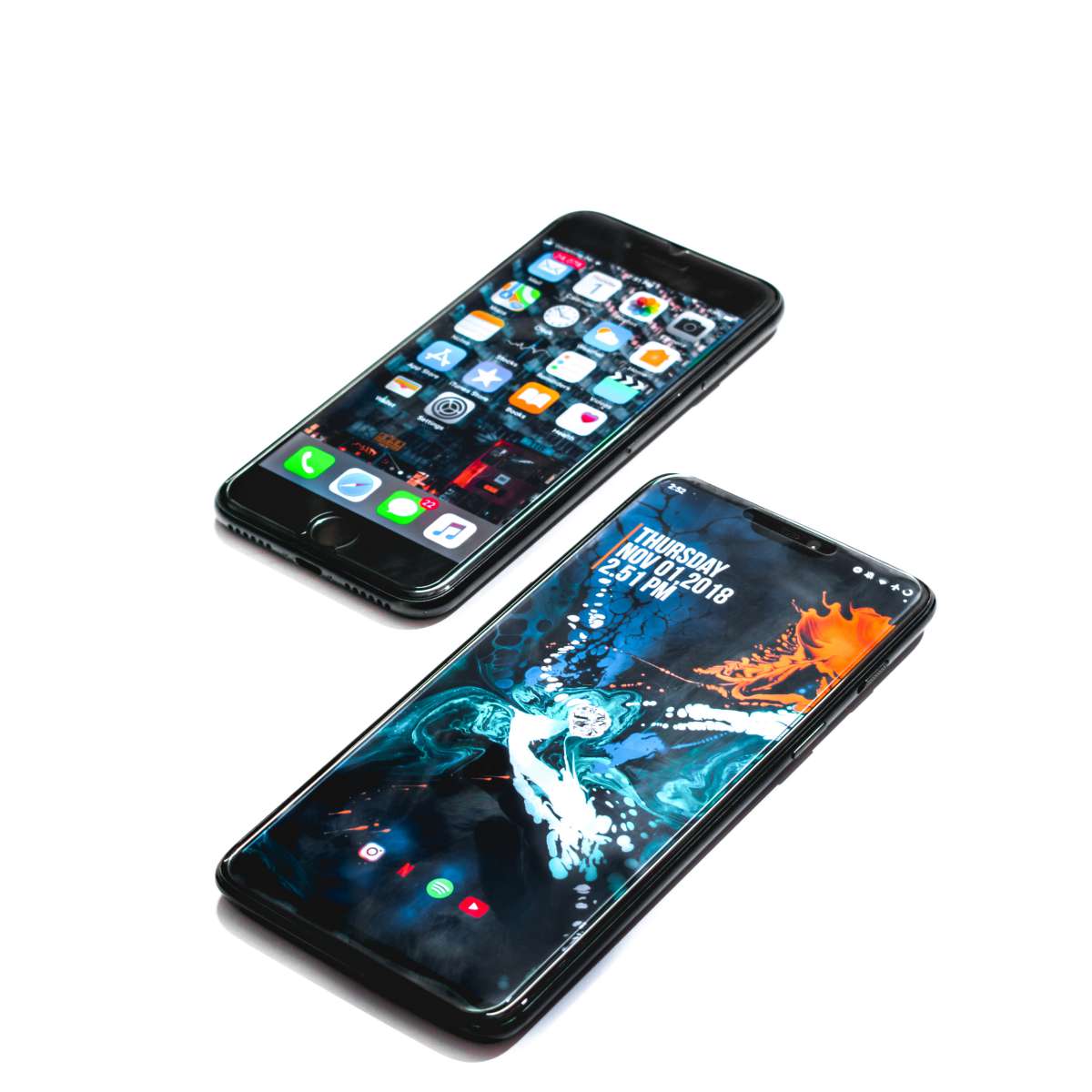
Is it worth upgrading from Amazon Fire TV Stick to Amazon Fire TV Stick 4K

The Amazon Fire TV Stick is a great way to stream movies and TV shows directly to your television. It works right out of the box, only requiring you to enter your WiFi details and sign in to your Amazon account.
Right from the first generation of Amazon Fire TV Sticks, it has supported HD TV, and run apps from practically every streaming service you could want. Amazon even allows rival services like Netflix to operate through the Fire TV Stick.
I’ve had an Amazon Fire TV Stick since late 2016. I bought the first generation device for £24.99 and it worked great for several years.
However, throughout 2020 I’ve noticed the device getting slower and slower. Then, when trying to binge-watch episodes of Bones, the Fire TV Stick occasionally crashed. Sometimes, it would take several minutes to load the operating system or connect to the internet. On many occasions, I even had to restart it by switching it off at the wall.
So I began looking at alternatives. Should I buy a newer version of the Amazon Fire TV Stick, or should I try something like creating a media centre with a Raspberry Pi?
Then, just a couple of days later, Amazon was running a sale. The Amazon Fire TV Stick 4K was reduced to £24.99! It was a no brainer, I ordered it.
A day later, it arrived and I had it set up in just a couple of minutes.
It was so much faster. Lighting quick.
It seems that, like with smartphones, the software updates don’t work optimally on older devices.
Amazon Fire Stick Tech Specs
The first generation Fire TV Stick has 1GB of memory, split 50/50 between system and video, while the 4K version has 1.5GB. The CPU is much more powerful in the 4K version too. It uses a quad-core ARM processor, clocked at 1.7GHz. However, the first generation has just a dual-core CPU that runs at 1GHz.
There are some solutions for trying to speed up old Amazon Fire TV Sticks, but this can even involve things like making holes in the case to cool the hardware down.
For the sake of £24.99, it seems like a worthwhile spend as it’ll save time and cut down on frustration.
